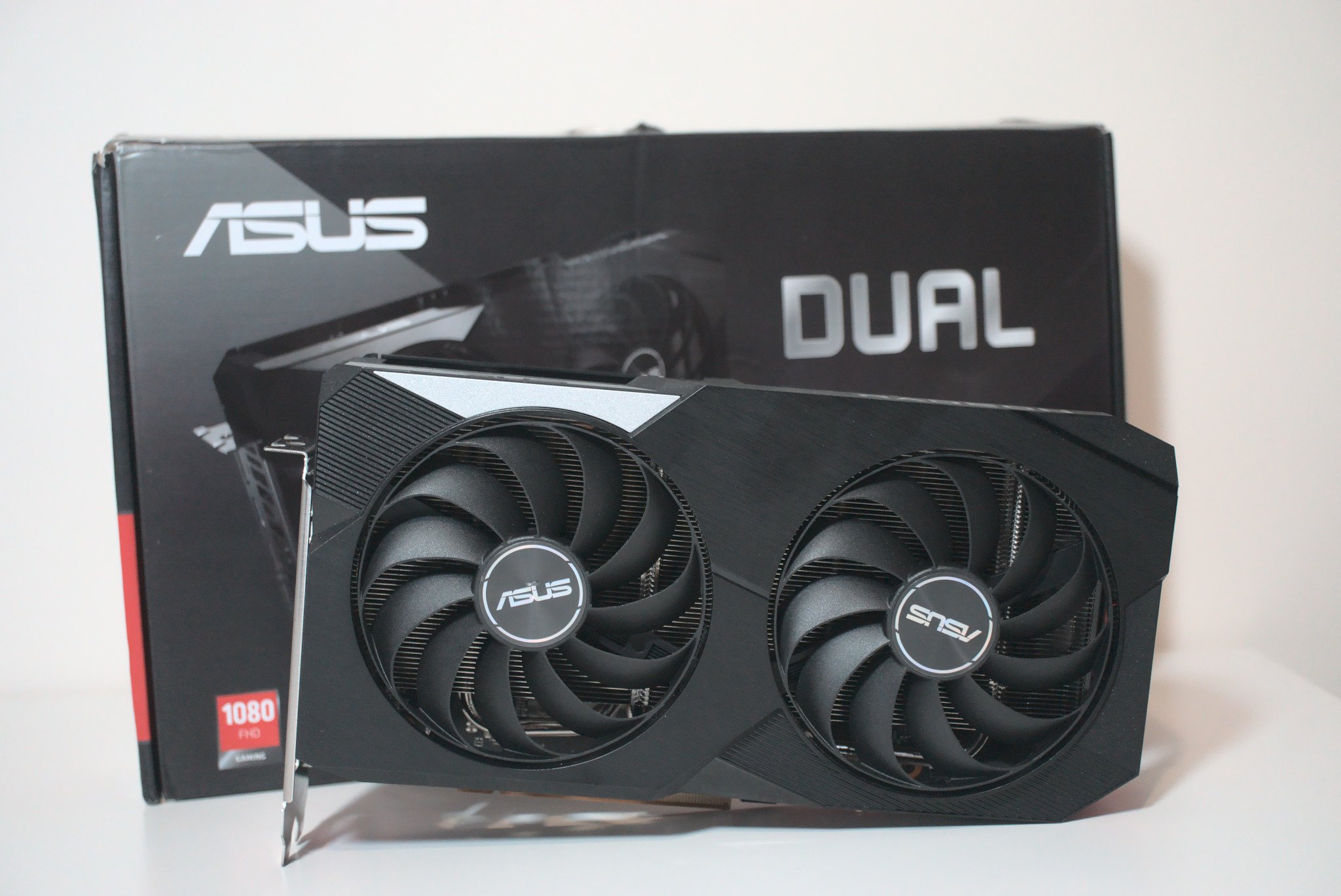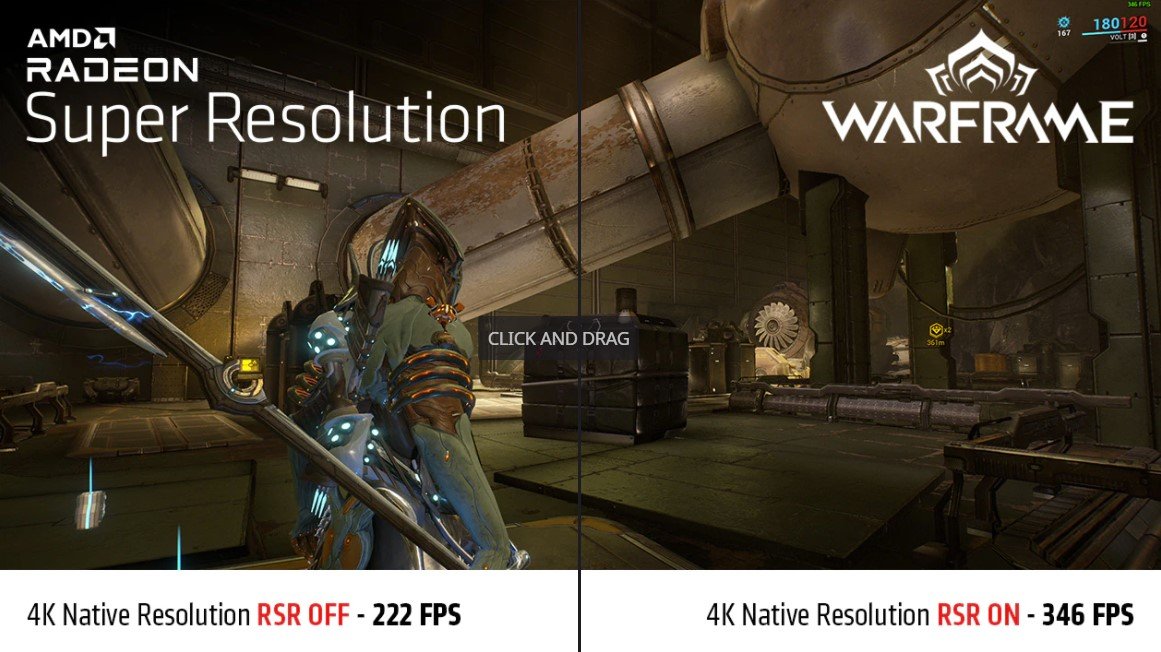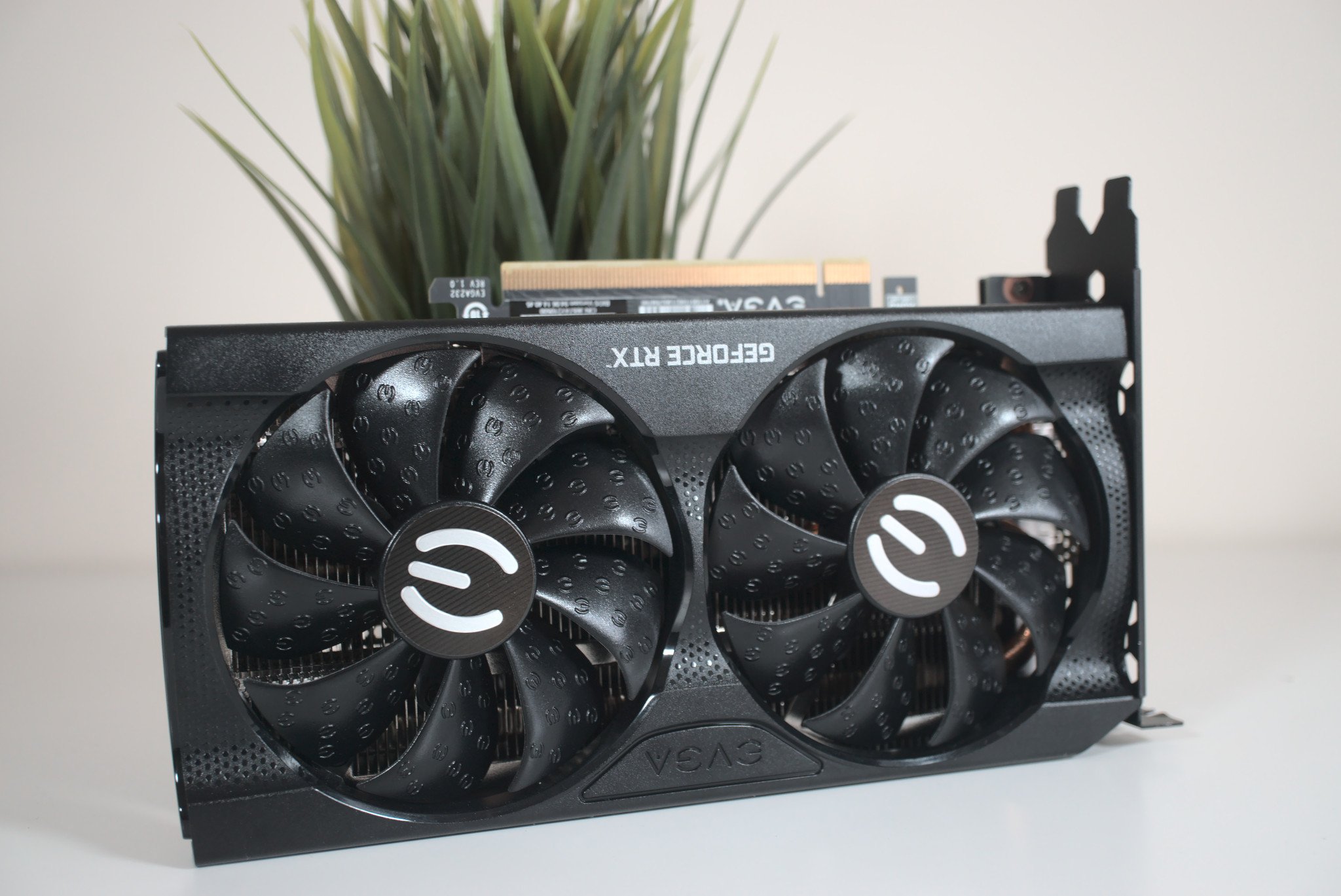
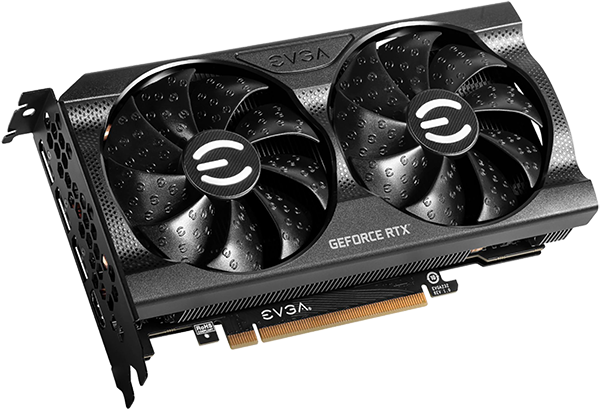
Monster at 1080p
NVIDIA's RTX 3060 offers similar raw performance as the AMD RX 6600, plus it has better ray-tracing capabilities backed up by DLSS. However, despite similar list prices, the RTX 3060 is now being sold for considerably more than the RX 6600 due to stock shortages. If you want a rock-solid 1080p GPU and price doesn't matter, this is it.
Pros
- Incredible 1080p performance
- Can handle 1440p
- Great value
- Power efficient
Cons
- Not good for crypto mining
- Costs more than the RX 6600 at most retailers
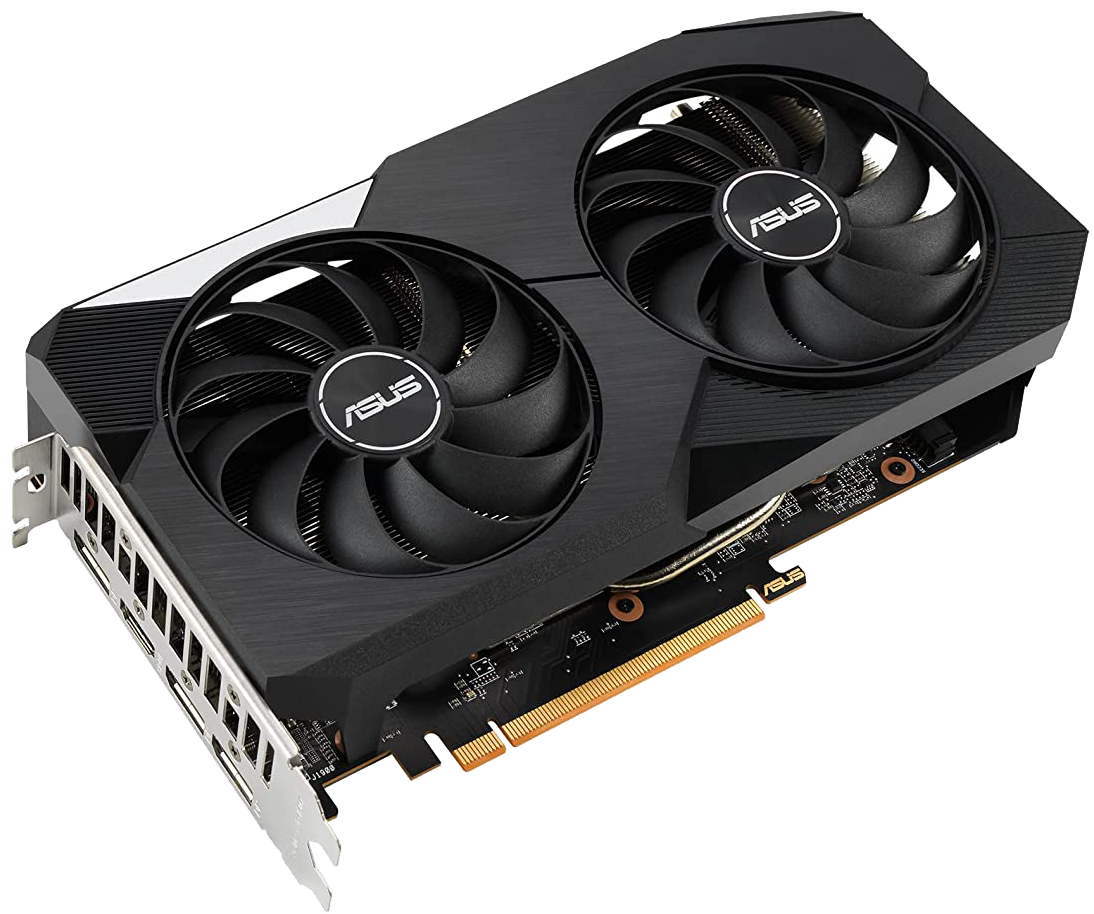
AMD's counterpunch
AMD's Radeon RX 6600 costs quite a bit less than the NVIDIA RTX 3060, and it offers similar raw performance. Ray tracing isn't as mature, and FidelityFX Super Resolution — the counterpart to DLSS — isn't available in as many games. Still, it costs quite a bit less and still crushes 1080p gaming.
Pros
- Quiet under load
- Excellent 1080p performance
- Good value
- Great efficiency
- Costs less than the RTX 3060 at most retailers
Cons
- Weak ray tracing, no DLSS
The NVIDIA GeForce RTX 3060 and the AMD Radeon RX 6600 are both popular options for anyone who wants to squash 1080p gaming. Though they were both released with the same $329 list price, stock shortages and scalping have driven up prices at most retailers. As it stands at the time of writing, the RX 6600 can be purchased for hundreds of dollars less.
NVIDIA RTX 3060 vs. AMD RX 6600 tech specs
| Header Cell - Column 0 | NVIDIA GeForce RTX 3060 | AMD Radeon RX 6600 |
|---|---|---|
| Architecture | Ampere | RDNA 2 |
| Shader/stream | 3,584 | 1,792 |
| Tensor/TMU | 112 | 112 |
| RT/ray | 28 | 28 |
| Clock | 1,320MHz | 1,626MHz |
| Boost clock | 1,780MHz | 2,491MHz |
| Memory | 12GB GDDR6 | 8GB GDDR6 |
| Bus width | 192-bit | 128-bit |
| Transistors | 13.25 billion | 11.06 billion |
| Node | Samsung 8nm | TSMC 7nm |
| TDP | 170W | 132W |
| Recommended PSU | 550W | 300W |
| Slot size | Two | Two |
NVIDIA RTX 3060 vs. AMD RX 6600 performance
The RTX 3060 and the RX 6600 have feature sets — including Deep Learning Super Sampling (DLSS), FidelityFX Super Resolution (FSR), and ray tracing — that differ, but raw performance is similar. If you're searching for a cheap GPU that can handle 1080p and don't care much about the extra features (which I cover in the next section), the RX 6600 is the go-to pick while GPU prices remain distorted due to stock shortages and scalping. You can generally find it for hundreds less.
Running 3DMark synthetic benchmarks, the RX 6600 actually edges out the RTX 3060 in everything but Time Spy and Port Royal (which measures ray-tracing capabilities). That makes sense, as NVIDIA's ray tracing is far more mature at this point compared to AMD.
Getting into actual gaming performance, we measured a bunch of games at 1440p to check the top-end performance of these cards. Performance is almost on par in real-world gaming, with the RTX 3060 eking out a few more frames than the RX 6600.
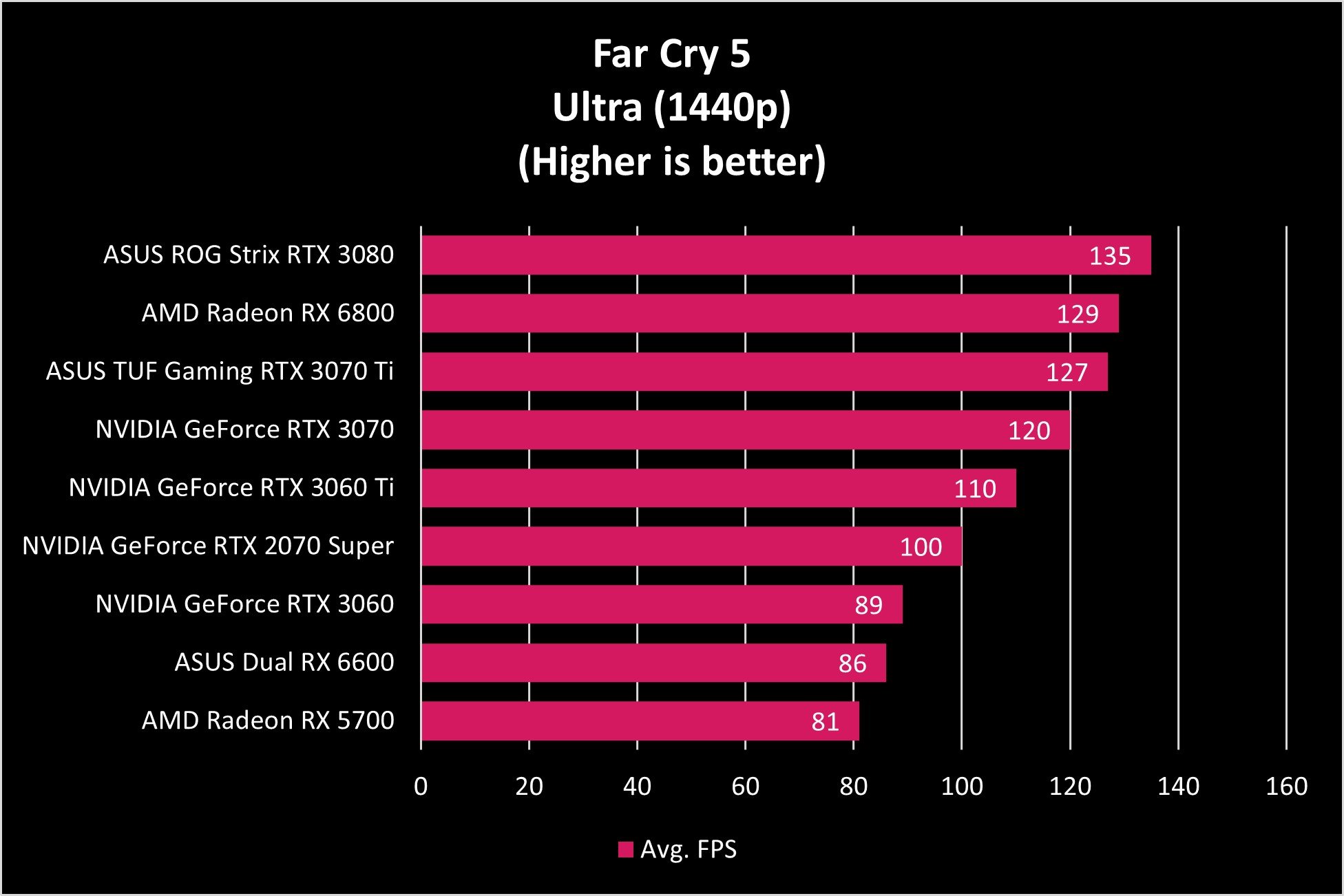
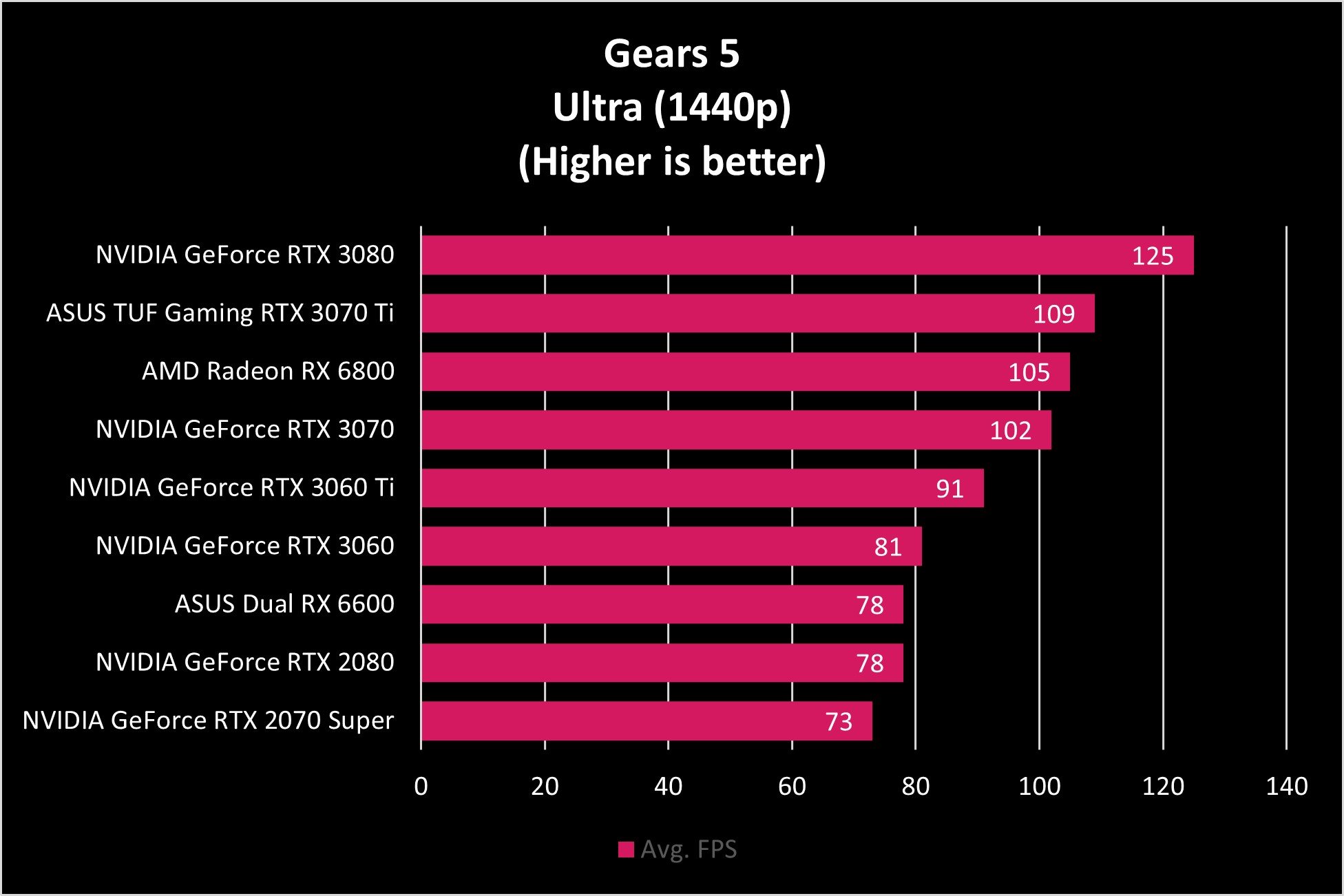
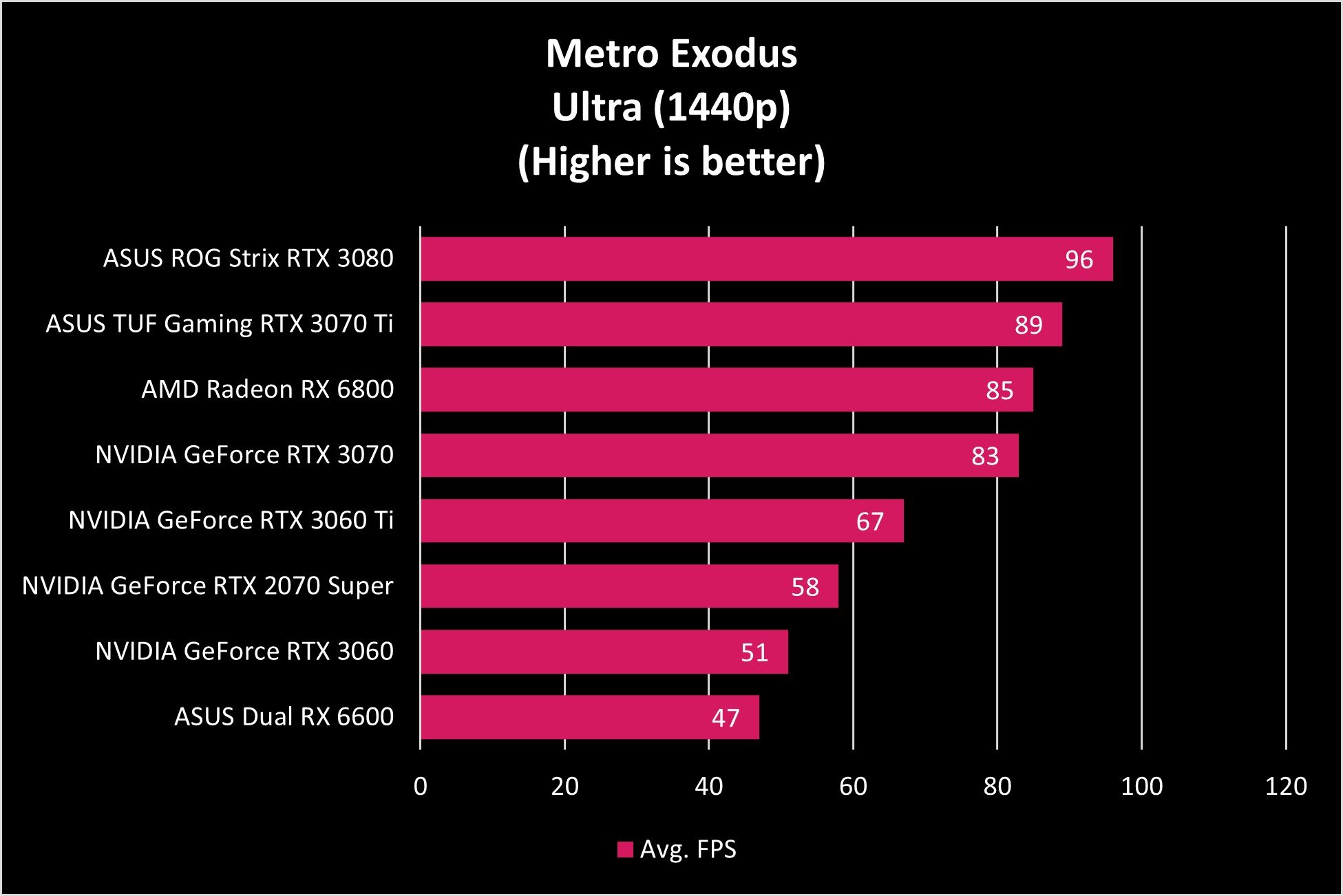
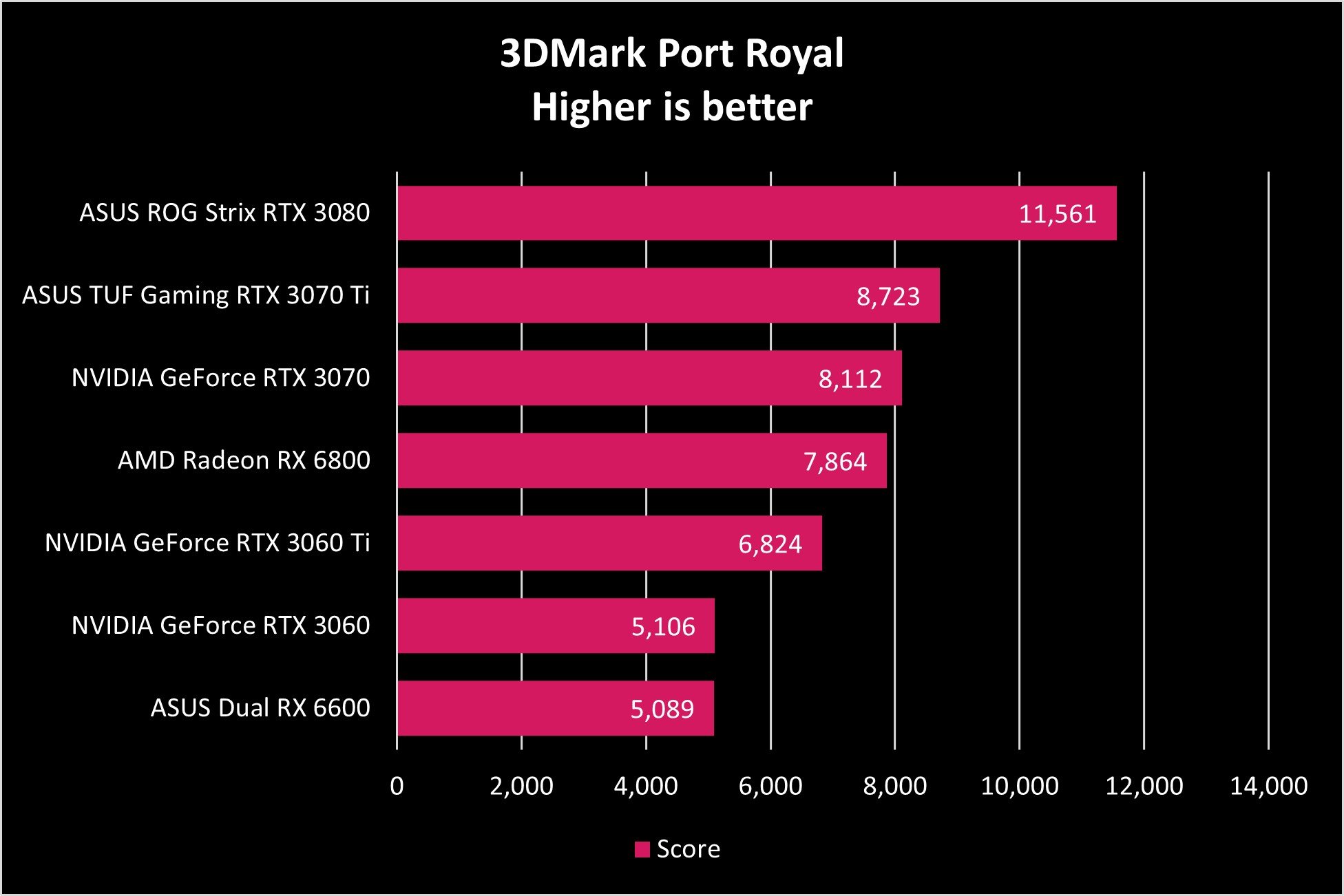
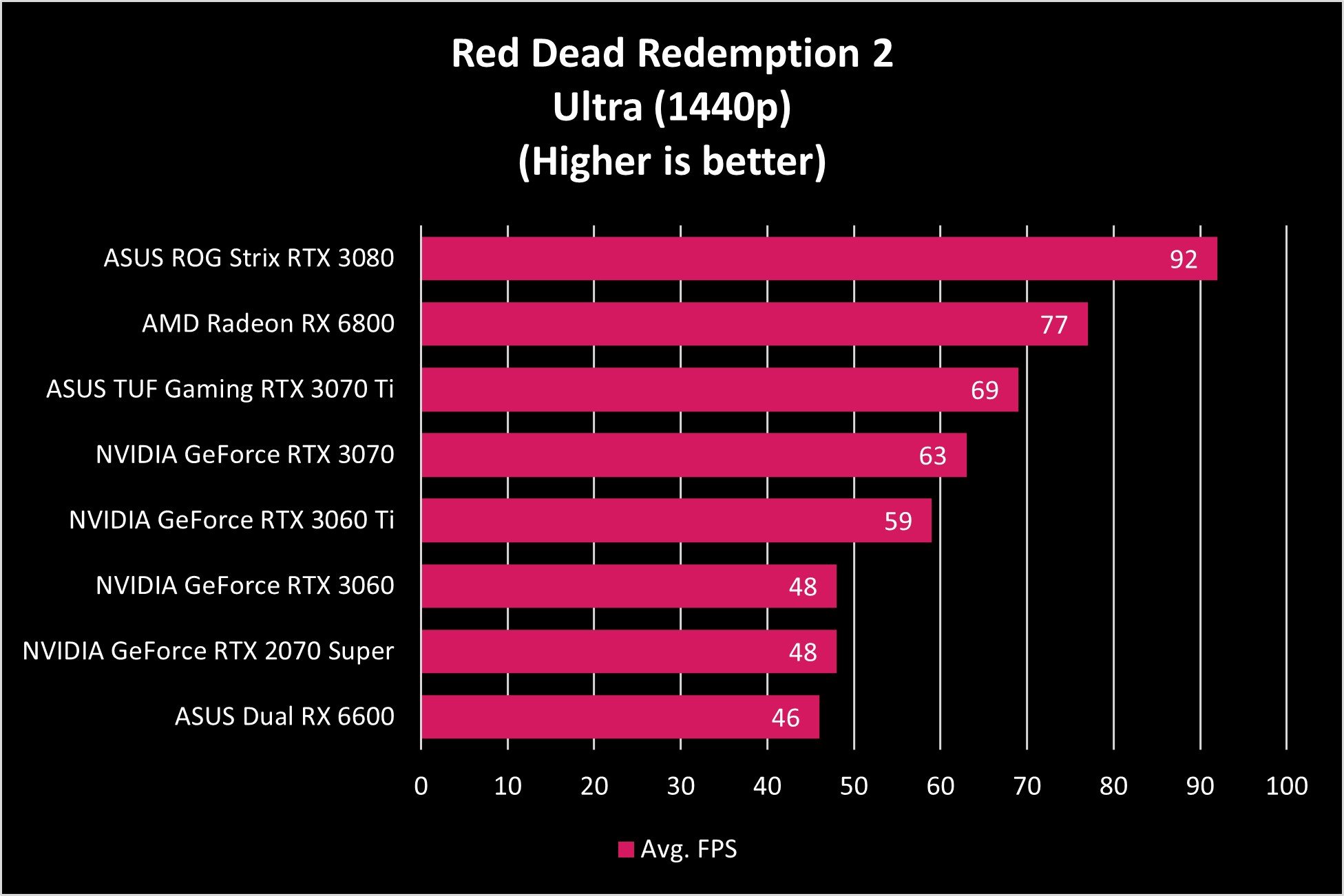
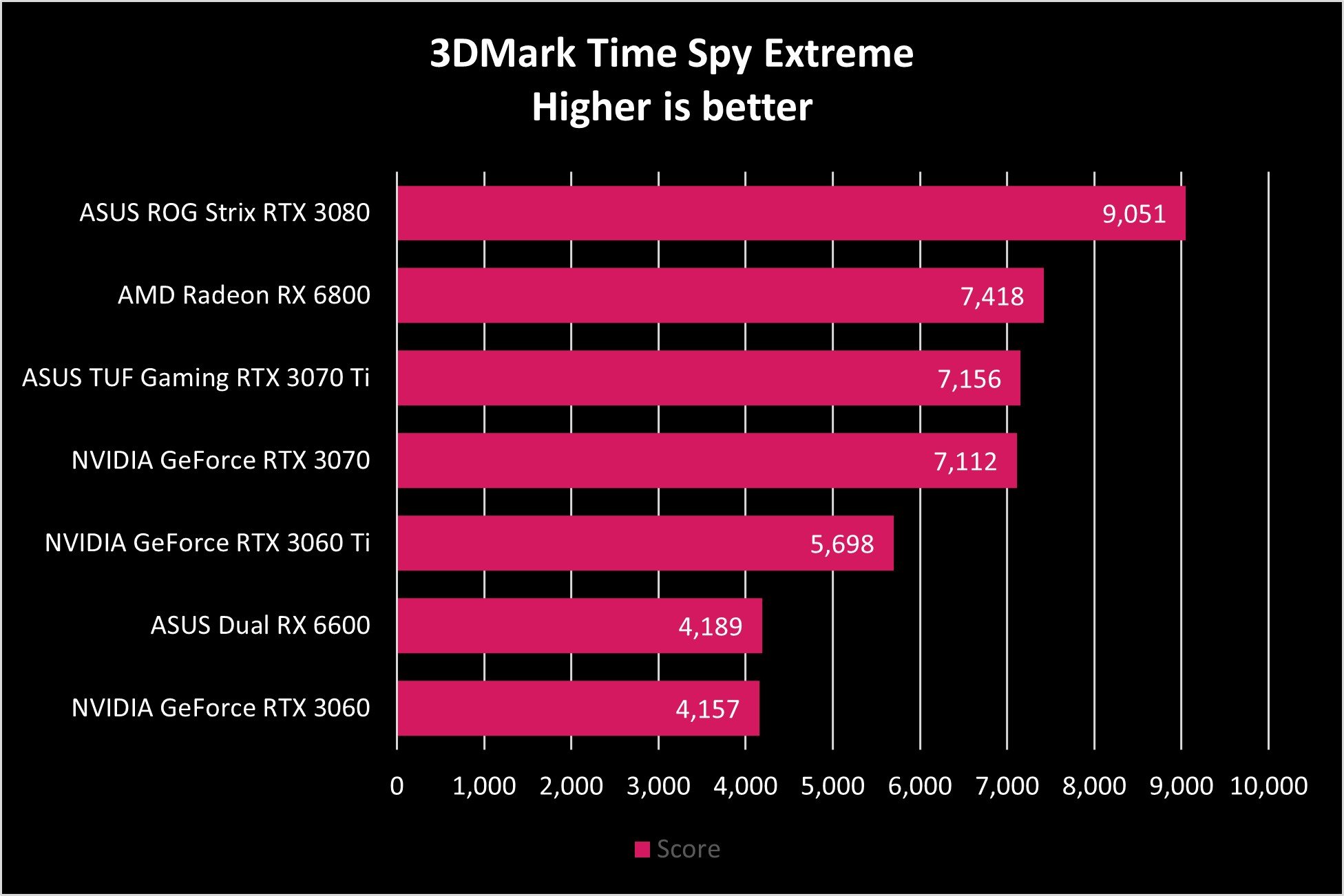
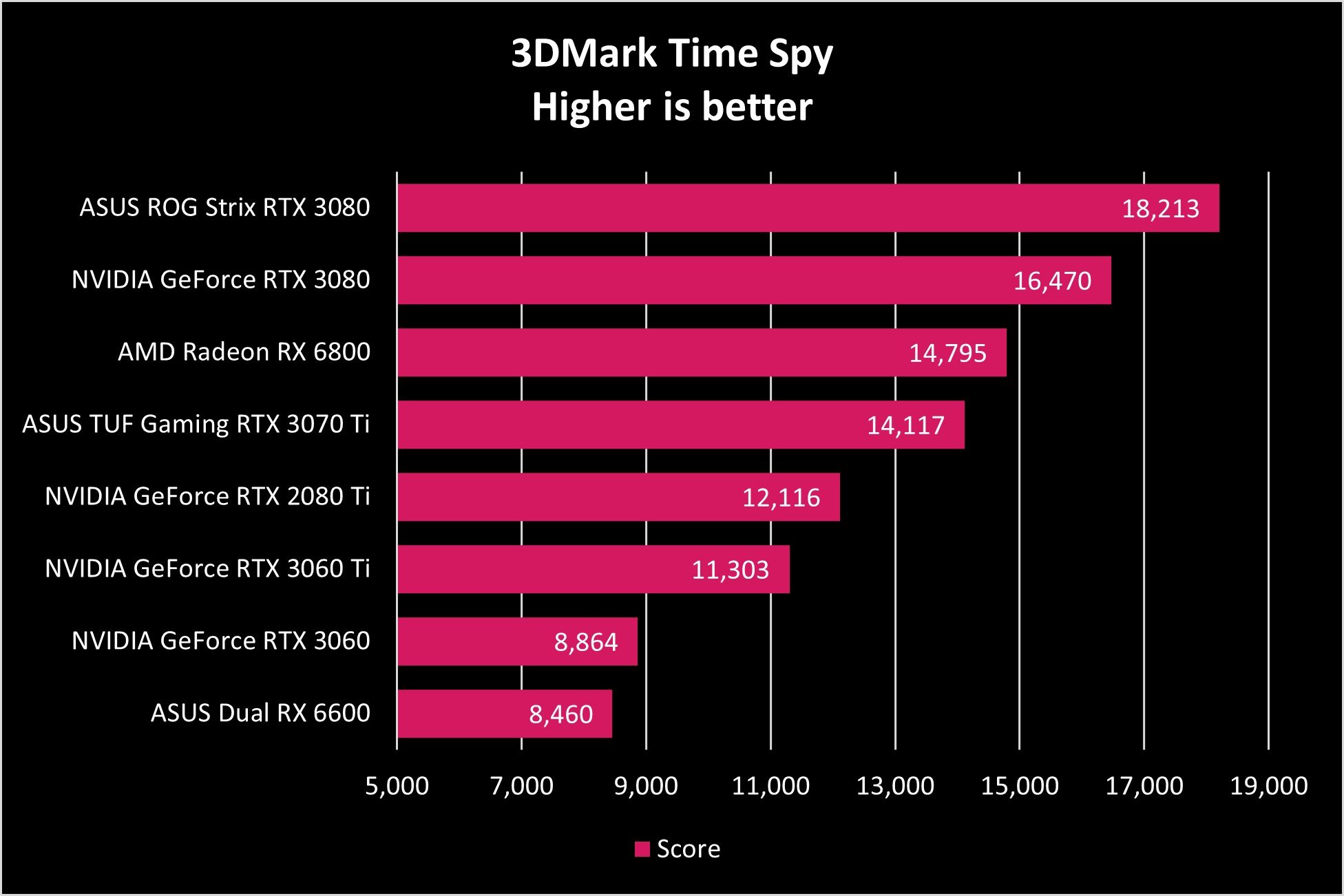
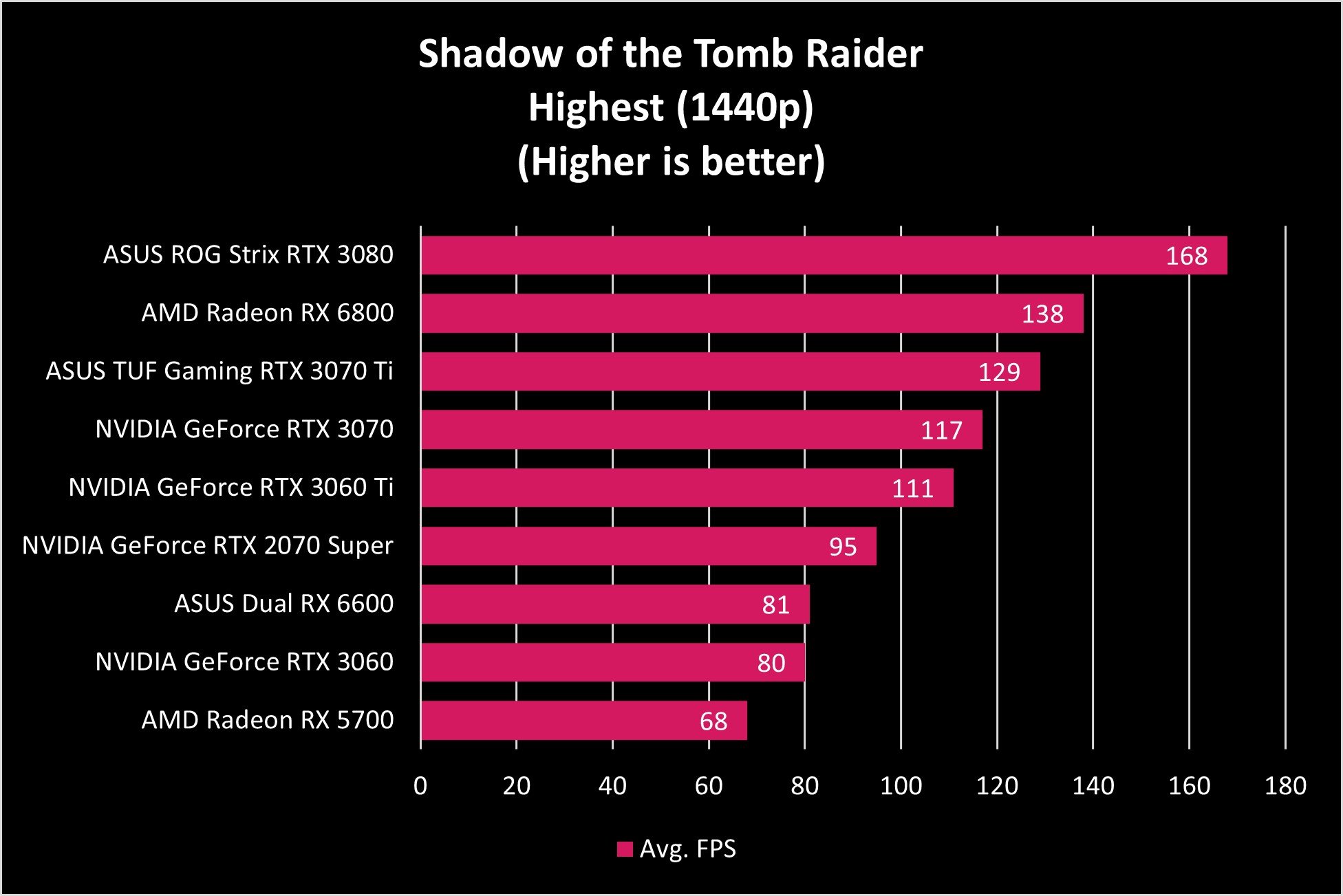
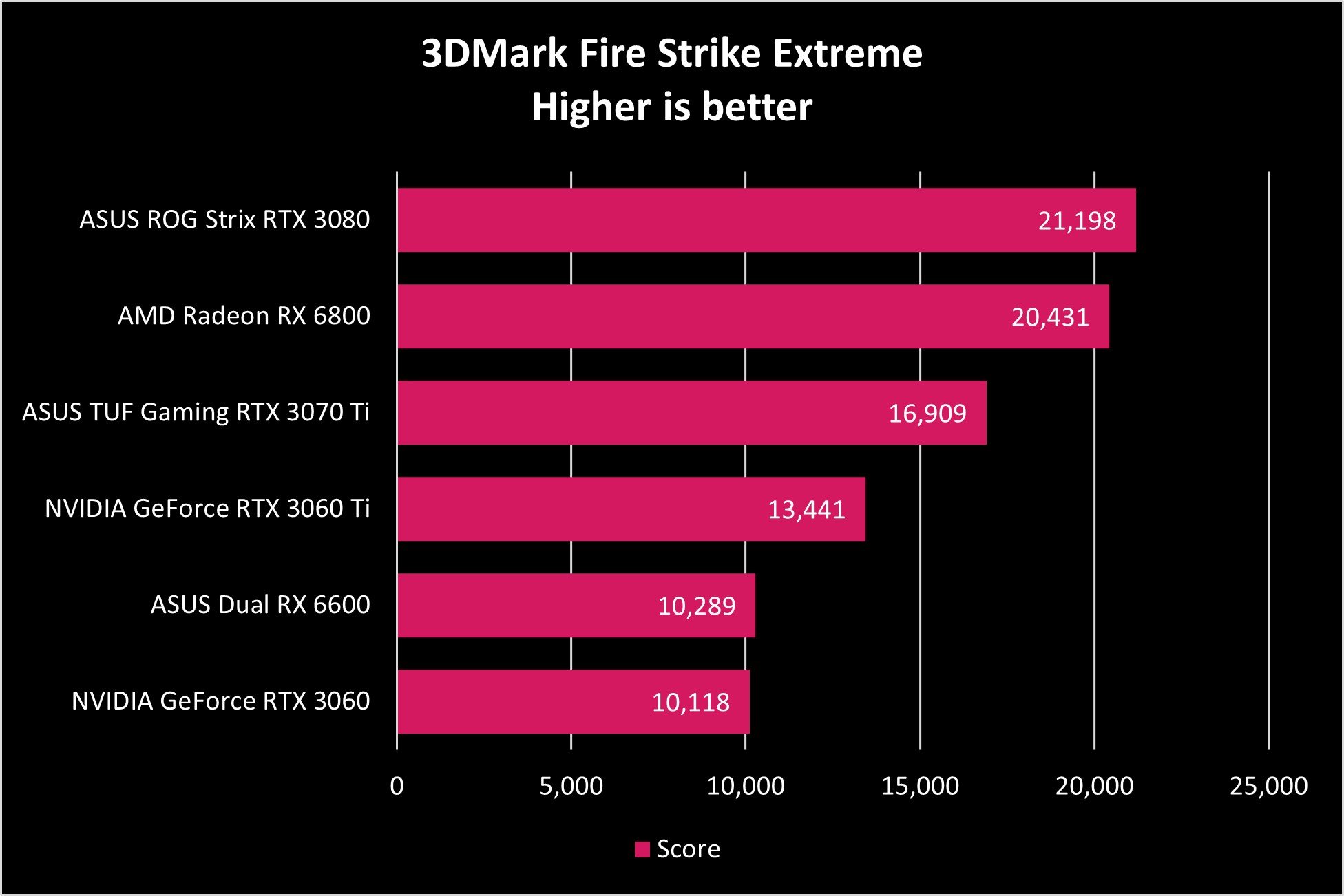
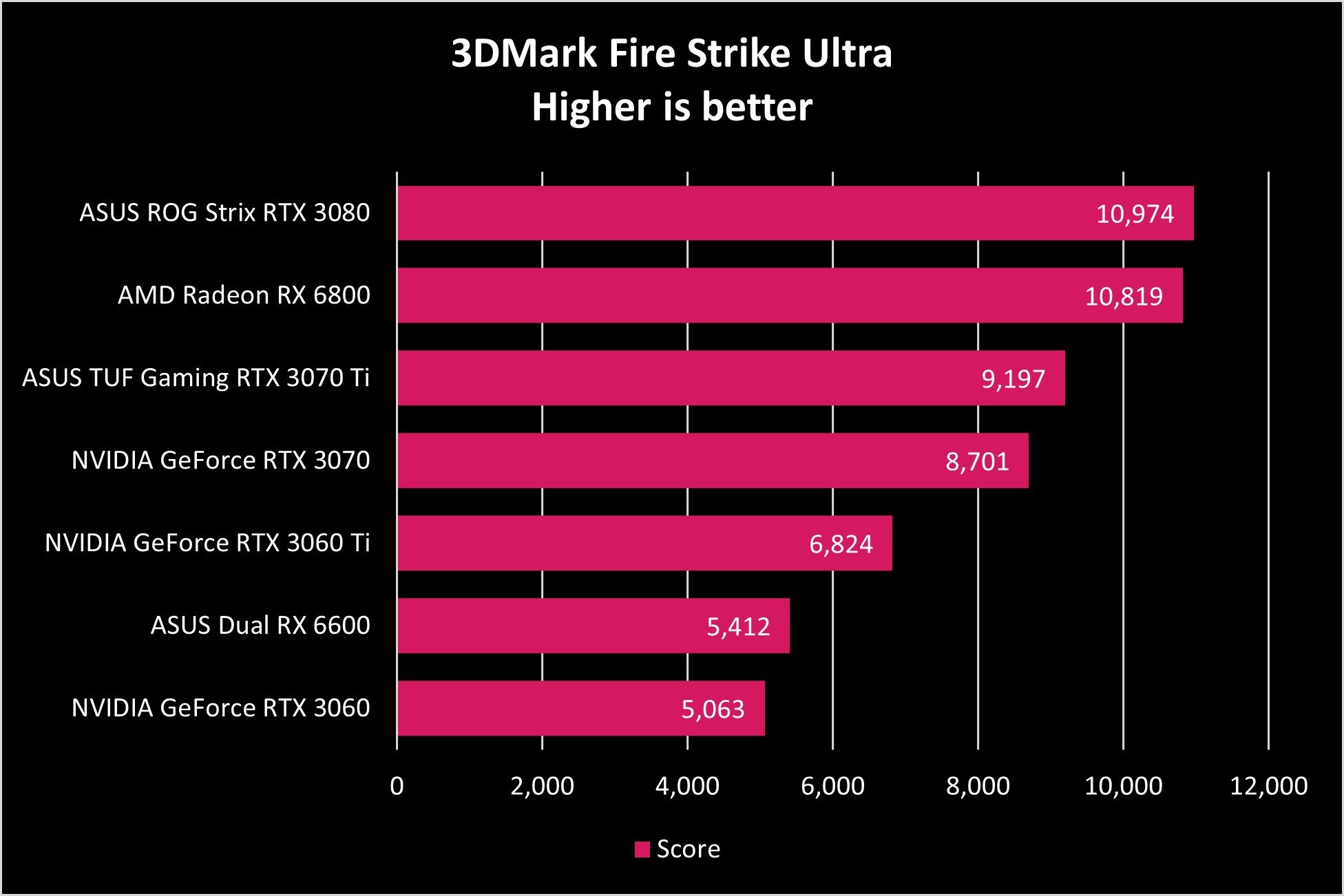
These are some of the best graphics cards for 1080p gaming, and you should expect to see high frame rates from both cards. Neither card is going to be great at ray tracing, but the RTX 3060 will deliver a better result. One other thing to note is that the RTX 3060 comes with 12GB of VRAM, while the RX 6600 comes with 8GB of VRAM. This likely won't impact much, unless you're planning on keeping this card for as long as possible. In that case, more VRAM might come in handy down the road.
NVIDIA RTX 3060 vs. AMD RX 6600 features
Each of these mid-range GPUs comes packed with its respective set of features. On NVIDIA's side, ray tracing and DLSS are a potent combination that can make your games look better, boost performance considerably, or both at the same time. NVIDIA's ray-tracing capabilities are more mature; if you are focusing on realistic lighting, stick with NVIDIA.
AMD also has ray tracing, though performance isn't up to snuff with NVIDIA. And on the DLSS side, AMD's FidelityFX Super Resolution is a worthy competitor, though it's not yet available in as many games. I wrote an article comparing AMD's FSR with NVIDIA's DLSS for a deeper look at the two technologies.
All the latest news, reviews, and guides for Windows and Xbox diehards.
There's also AMD's Radeon Super Resolution (RSR), which is coming Q1 2022 as a complement to FSR. It's a spatial upscaling technique similar to FSR, but it's available in far more games due to its implementation at a driver level. My article comparing Radeon Super Resolution and FidelityFX Super Resolution has more information.
To make things even more confusing, NVIDIA answered with Deep Learning Dynamic Super Resolution (DLDSR). It's an upgrade to older tech, but the bottom line is that it can make your games look better by rendering at a higher resolution before downscaling to fit your monitor's native resolution. It only works on RTX cards, but its driver-level implementation means it can work in pretty much any game. My comparison of NVIDIA DLSS vs. DSR vs. DLDSR can help to further decipher all these acronyms.
AMD is gaining ground on NVIDIA in terms of extra features, though NVIDIA is still out front. That's even before getting into things like NVIDIA Studio and NVIDIA Broadcast. If you're focused more on the price-to-performance ratio, the AMD RX 6600 is the clear winner due to wonky pricing. But if you're more interested in using all the extra features that NVIDIA has to offer, you're not going to lose out on any performance by going with the RTX 3060.

Cale Hunt brings to Windows Central more than nine years of experience writing about laptops, PCs, accessories, games, and beyond. If it runs Windows or in some way complements the hardware, there’s a good chance he knows about it, has written about it, or is already busy testing it.
